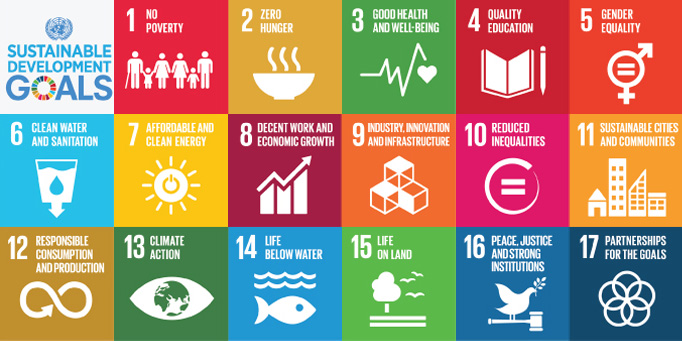Submitted by Sara Serradas Duarte on Tue, 27/03/2018 - 17:04
In the last five years, the Ebola, Zika and yellow fever outbreaks – as well as the critical challenge presented by antimicrobial resistance – have provided continued impetus for research to understand the drivers of emerging or re-emerging infections.
The ESEI projects reflect a diversity of interdisciplinary activities. They study a range of pathogens in very different global settings. They cover how urbanisation affects the spread of bacteria between animals and humans in Kenya (URBANZOO), tracking the presence of Campylobacter bacteria in food pathways and the environment in the UK (ENIGMA), and looking at how a species of malaria affecting monkeys is emerging as a human infection in the Philippines and Malaysia (MONKEYBAR).
Innovate your approaches
The ENIGMA project used a new ‘boot sock’ method to sample pathogens in natural environments.
Coming up with innovative approaches that are accepted by local communities is important, which all three projects did successfully. As a whole, the ESEI initiative stimulated new thinking about how our natural and social environments might be affecting how diseases are spread.
The projects developed integrated approaches to tackling complex research questions. They also established strong international partnerships that worked well across continents and disciplines.
Embrace other disciplines
A common theme throughout the ESEI initiative was the willingness to embrace different disciplines, sectors and approaches, respecting the values brought by each partner.
Each of the projects were driven by perceptive leadership. The leaders had the ability to inspire and engage close colleagues, as well as people from other disciplines – who often had different methods, perspectives and priorities.
Adapt ways of working
URBANZOO scientists in Nairobi gathering bacteria samples from wild birds, to map how germs spread and identify key hotspots for disease transmission.
A truly interdisciplinary approach takes time. A catalyst phase and a series of workshops and investigator events held during the period helped strengthen the ESEI initiative. These brought people together to share skills, expertise and to keep stakeholders well informed.
It’s important to adapt and integrate ways of working across multiple partners. All of the projects set up clear governance, strong project management and new tools to support the breadth of cooperation across the research domains.
Excellent communication
Strong communication channels are vital when bringing different disciplines together. This includes links within projects, covering different geographical locations and disciplines, between projects and with external stakeholders.
Involve local communities
A thermal camera drone hovers against the setting sun at the UMS campus in Kota Kinabalu, Sabah, Malaysia.
Engaging the community and acknowledging their views can lead to alternative or improvised research approaches. The projects used innovative and creative approaches to capture information which were appropriate to the local setting and – most importantly – acceptable to the community in which the research took place.
For example two of the projects used landscape imaging in their research. URBANZOO adopted a more ‘low tech’ red balloon-suspended camera, while the MONKEYBAR team used high-tech drones to capture monkey movement in the landscape.
Combine information sets
Crucial to interdisciplinary research is the ability to seamlessly integrate large, but distinctly different, sets of quantitative and qualitative data. The ESEI projects developed various approaches, but this is an area with opportunity for improved methodologies to provide the richest possible evidence.
Engage your stakeholders early
Staff conduct an interview with a Palawan native family in Rizal, Palawan, Philippines for MONKEYBAR.
Policy and practice change happens at multiple levels and to different timescales. A key factor is the identification, early engagement and continual dialogue with appropriate stakeholders. This ensures the relevance, uptake and impact of the research evidence that emerges.
Collaboration and cross-disciplinarity are at the heart of the vision for UK Research and Innovation (UKRI). As the Research Councils, Innovate UK and Research England are imminently drawn even closer under this strategic umbrella, we look forward to even greater opportunities for investment in interdisciplinary research.
The Environmental and Social Ecology of Human Infectious Diseases was an £11m joint initiative between the MRC, the Natural Environment Research Council (NERC), the Economic and Social Research Council (ESRC) and the Biotechnology and Biological Sciences Research Council (BBSRC) and the Food Standards Agency (FSA) under the umbrella of the Living With Environmental Change programme.
Read more in the full ESEI report.
Find the source article here.


